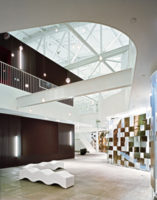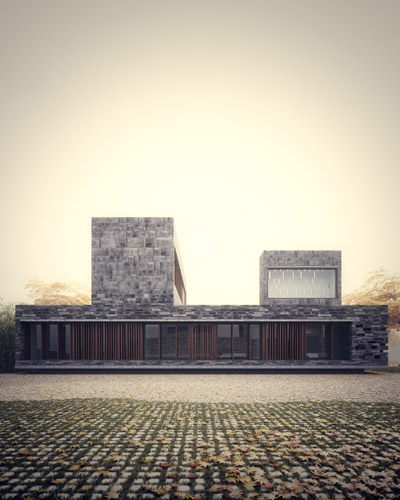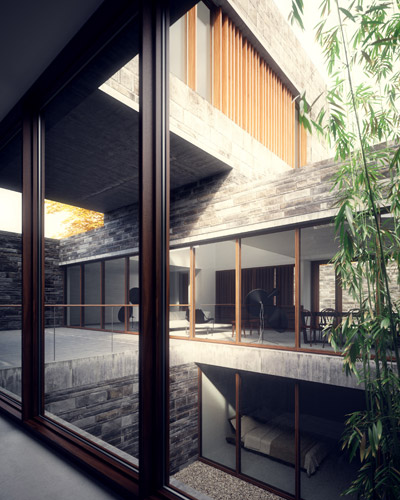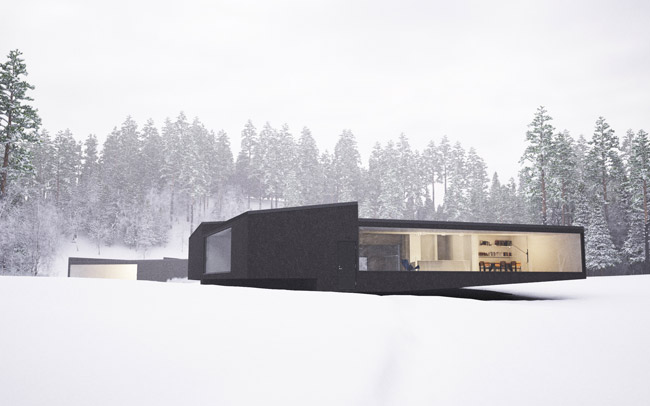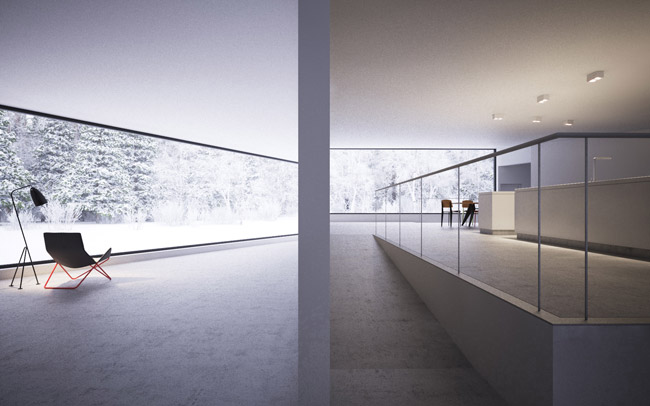William O’Brien, Jr.
A teacher and practitioner challenges accepted notions of balance, reality, and narration as he establishes his small firm.




























Cambridge, Massachusetts
Cerebral and fluent in the language of ideas, William O'Brien, Jr. has moved skillfully within academia and the art scene while slowly establishing a practice that will allow him to build too. Teaching gigs at Berkeley, Ohio State, the University of Texas, and now MIT; essays in Log and ACADIA; fellowships at the MacDowell Colony and the American Academy in Rome; and exhibitions at the Zoellner Art Gallery in Pennsylvania and Pinkcomma Gallery in Boston have positioned him as someone to watch.
A recent commission to design a small house in Ithaca, New York, took a somber turn when the client's brother died and the client asked that the project somehow honor the young man's life. O'Brien had been thinking about the work of John Hejduk, intrigued by the way he was able to use symbolism and memory to create an enigmatic quality in his drawings and built work. Still in the early stages of the project—which he calls Cliff Haven—O'Brien hopes to apply his ideas about Hejduk to the design of the house and an accompanying contemplative space.
During his fellowship in Rome (2012'13), O'Brien explored notions of narrative in architecture and began work on a series of “architectural fictions” that will be included in an exhibition at Pinkcomma. One of the pieces in the show will be a “remaking” of Palladio's Villa Foscari (also called La Malcontenta) that interprets the 16th-century building's brick vaults for the 21st century. Another piece stems from a Roman catacomb that O'Brien visited, and will evoke the sense of a modern labyrinth.
Before going to architecture school, O'Brien studied music theory. “Music can be very mathematical,” he says, “and it has affected the way I think about form.” For example, he calls the unbuilt Hendee-Borg House “a study in symmetry within symmetry” because it offers riffs on the rules of geometric balance, as seen in its sawtooth roof and its paired studios for two artists. In the Allandale House (also unbuilt), he pushed himself to investigate forms that seem “awkward” and challenge norms of beauty. So he designed the house as a series of tall A-frames that tilt oddly and create spaces that are off-balance and unsettling.
With his meticulous renderings, O'Brien fabricates images that look remarkably like photographs of finished buildings. Creating these drawings allows him to study the project in great detail, he says. But it also injects a note of the uncanny into his work, blurring boundaries between what is real and what is imagined. To date, he has built only a small store for Aesop in Boston. But in September, the Van Alen Institute picked Collective-LOK—formed by O'Brien, Jon Lott/PARA-Project, and Michael Kubo—to design its new workspace and public venue. Construction should start in March and be done in September 2014. Though just 2,500 square feet, it's a significant step up from the Aesop store and will let O'Brien show how he can move from “fictions” into a more habitable realm.
William O’Brien, Jr.
FOUNDED: 2009
DESIGN STAFF: 4
PRINCIPALS: William O’Brien, Jr.
EDUCATION: Harvard GSD, M.Arch., 2005; Hobart College, B.A., 2000
WORK HISTORY: Preston Scott Cohen, 2004; Office dA, 2003
KEY COMPLETED PROJECTS: Mouldings, A Store for Aesop, Boston, 2012
KEY CURRENT PROJECTS: Cliff Haven house, Ithaca, 2014; Screen Play, Van Alen Institute headquarters, 2014
WEB SITE: www.wojr.org
People |
Products |


